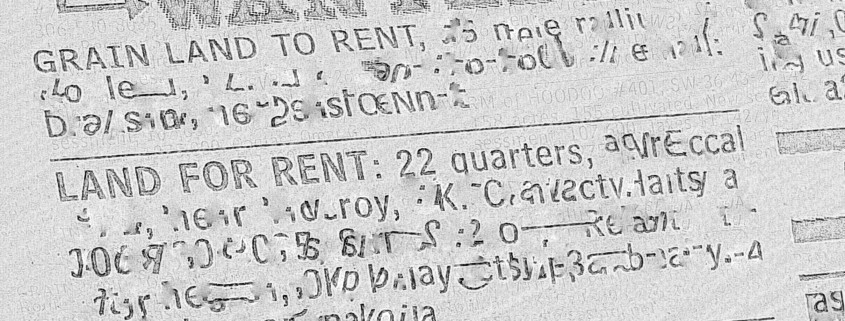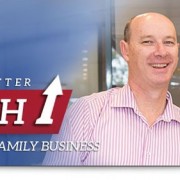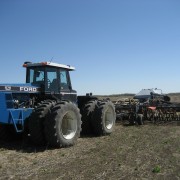Are You Renting Farmland?
An online article published by Country Guide about land rent contained some points that many of us have pondered. Much of the article centered on a lack of useful data on rented land, such as recent crop rotation & yield, pest pressure and pest management, soil type, residual fertility, or recent rental rates.
While this poses a challenge to those who insist on making the most informed decision possible, recent history indicates that the appetite for more land to increase a farm’s size and scale has grossly overshadowed rational analysis when making a decision whether or not to rent a piece of land. The article quoted a 2012 survey that was funded by the Saskatchewan Ministry of Agriculture which tabulated approximately 2,000 cash and share rent agreements. The article reads, “The company hired to do the survey found an astonishing range of rental rates, ranging from an almost unbelievable low of $6.25 an acre to a high of $140.60 an acre.” It’s probably fair to say that $6.25/ac isn’t “almost unbelievable,” but straight up unbelievable. My vote is that some wise-guy wanted to skew the data and provided a false figure. It’s the high figure, the astronomical $140.60/ac, that is the head-scratcher. I have lost count of the number of pencils I have used to try to pencil out a profit at that rental rate. It requires the perfect storm of yield and price to marginally make it work. The guys paying this kind of rate must have some sort of magic pencil I have yet to find.
Here’s where it really gets good. Another excerpt in this CG article reads, “In the short term, taking on more land that won’t necessarily pay for itself might still be a winner in the farmer’s eyes in that light, especially if it allows them to spread fixed costs and labour costs over a larger land base.”
So let me take a shot at paraphrasing:
“Our fixed costs are really high, so in order to justify the bad decisions we made when we took on too much debt and allowed other fixed costs to rapidly increase, we will make another bad decision by overpaying for land that won’t make us any money so that it makes our fixed costs look better by spreading them out over more acres.”
What?
OK, that was wordy, let me shorten it:
“We’ve got all this equipment so we need to run it over more acres to justify having it.”
Still too long and soft? Alright, one more try:
“Pride is more important that profit.”
Eww, ouch! That stings!
But if the thinking is that we must take on more land in order to justify high fixed costs (usually for shiny new equipment) then it is clear that the pride of possessing such equipment and the pride of farming “x” number of acres is more important that being profitable!
Here are my 3 “Growing Farm Profits” Tips for renting land:
- Know your costs.
By knowing your costs, you can easily determine what is or is not a reasonable rent to pay and still remain profitable. Without knowing your costs, you’re shooting from the hip…in the dark. - Invest in assets in the correct order.
Taking on more equipment than you need, then frantically trying to “spread it out” over more acres to justify the decision is backwards. It’s like buying a seeding outfit before buying a tractor: you might end up paying more for the tractor you need, or buying more tractor than what is required because of a lack of available selection. Secure your horsepower first, then find the drill to pair to it.
Secure your land base first, then invest in the iron to work it. - Nurture your landlord relationship.
Let them know how your year was. Explain your farming practices. Help them understand how profitable their land really is. This goes a long way to establishing goodwill at renewal time.
Direct Questions
How much at risk is your working capital if your fixed costs are too high?
What steps are you taking to ensure your investment in rented land accentuates your profitability and not diminish it?
Is the goal to be the biggest or the most profitable?
From the Home Quarter
“Better is better before bigger is better” is a phrase that I hang my hat on quite regularly. While I cannot take credit for coming up with that one, it is so remarkably accurate in its simplicity.
If we can all acknowledge that threats to working capital should be our greatest concern in the short-to-medium term, then we must also acknowledge that adding unprofitable land in an effort to justify fixed costs will only accelerate the bleed of precious working capital.












Leave a Reply
Want to join the discussion?Feel free to contribute!